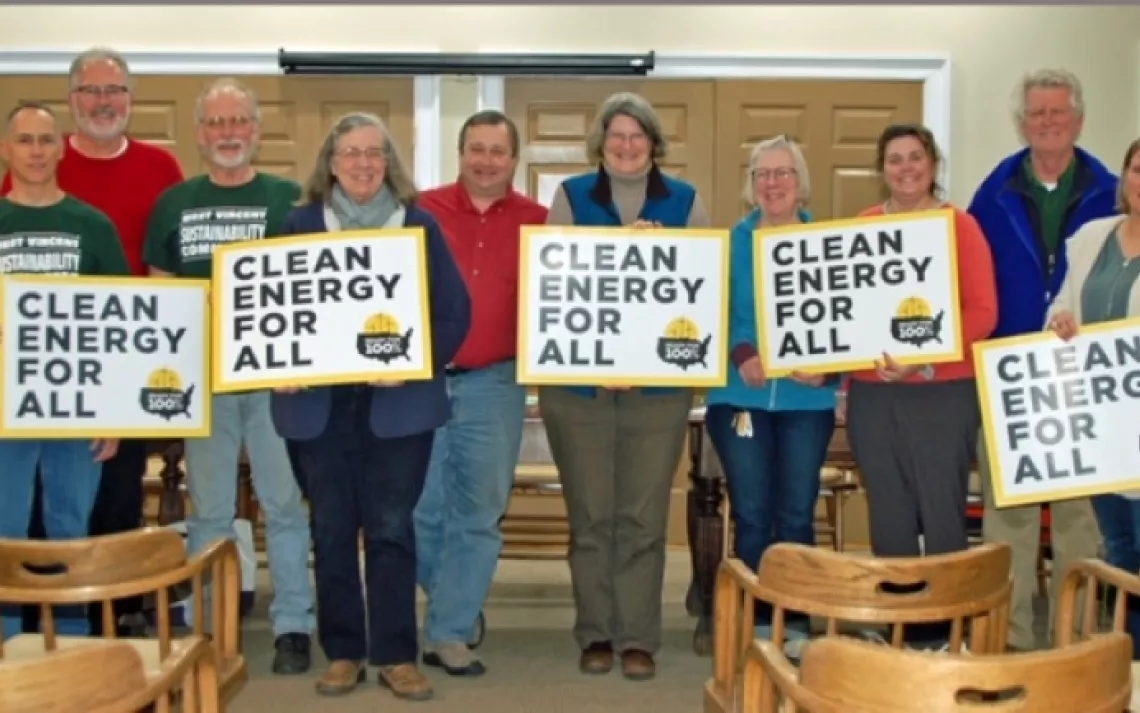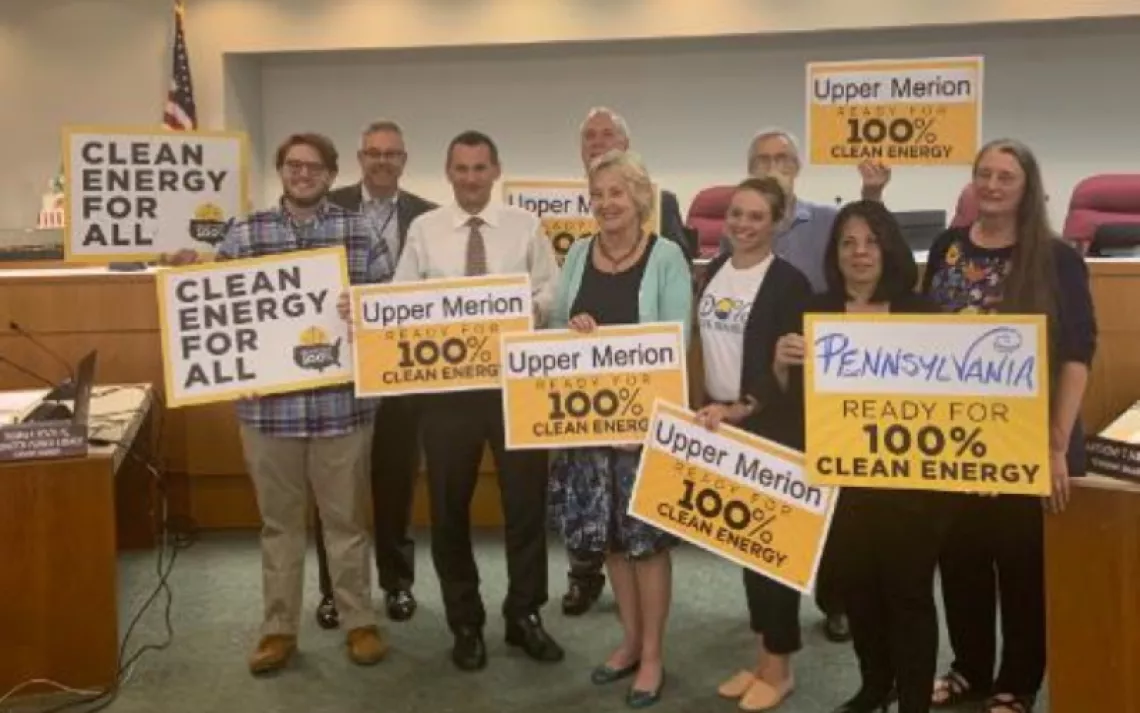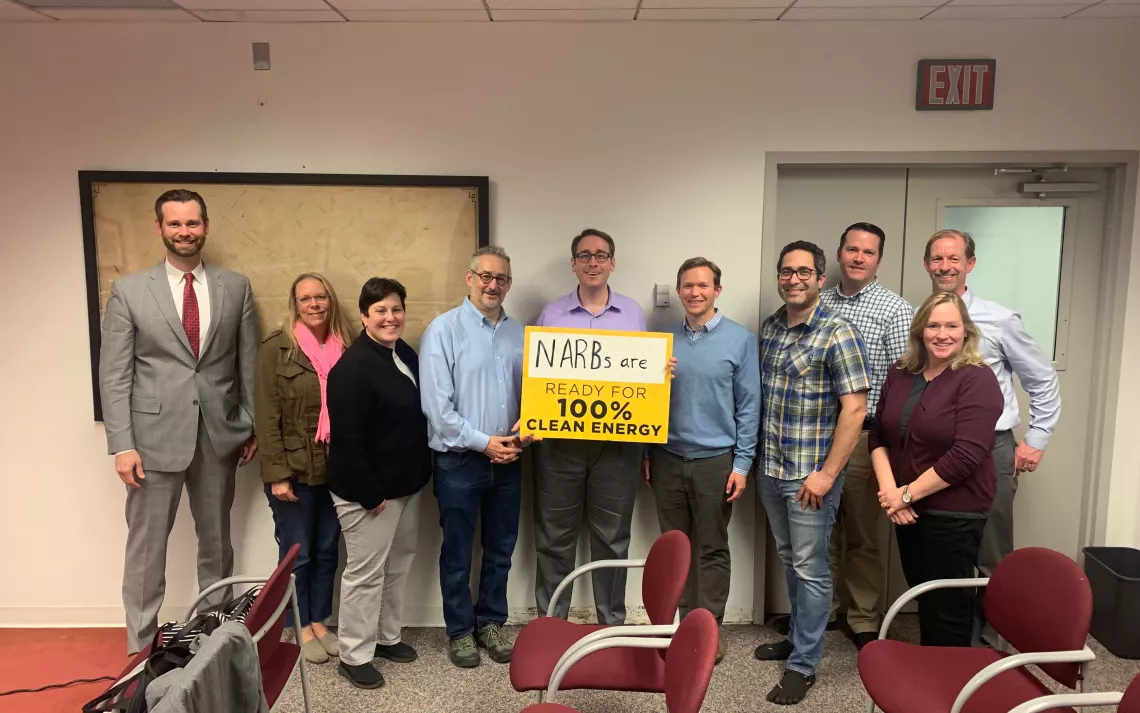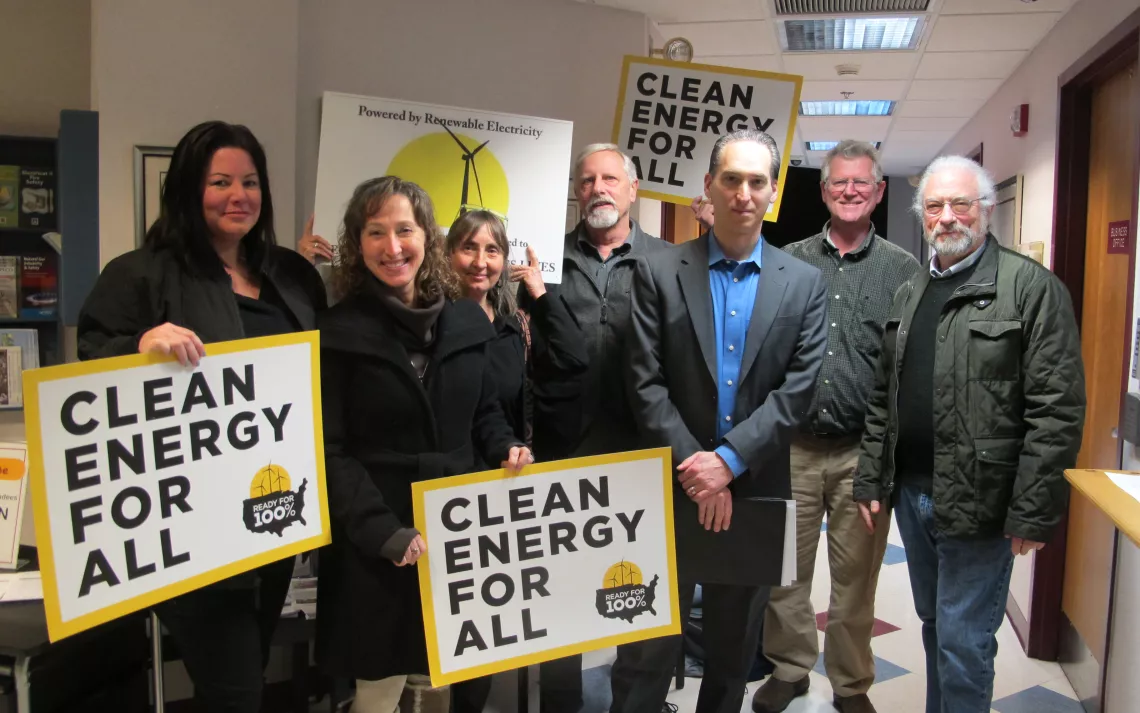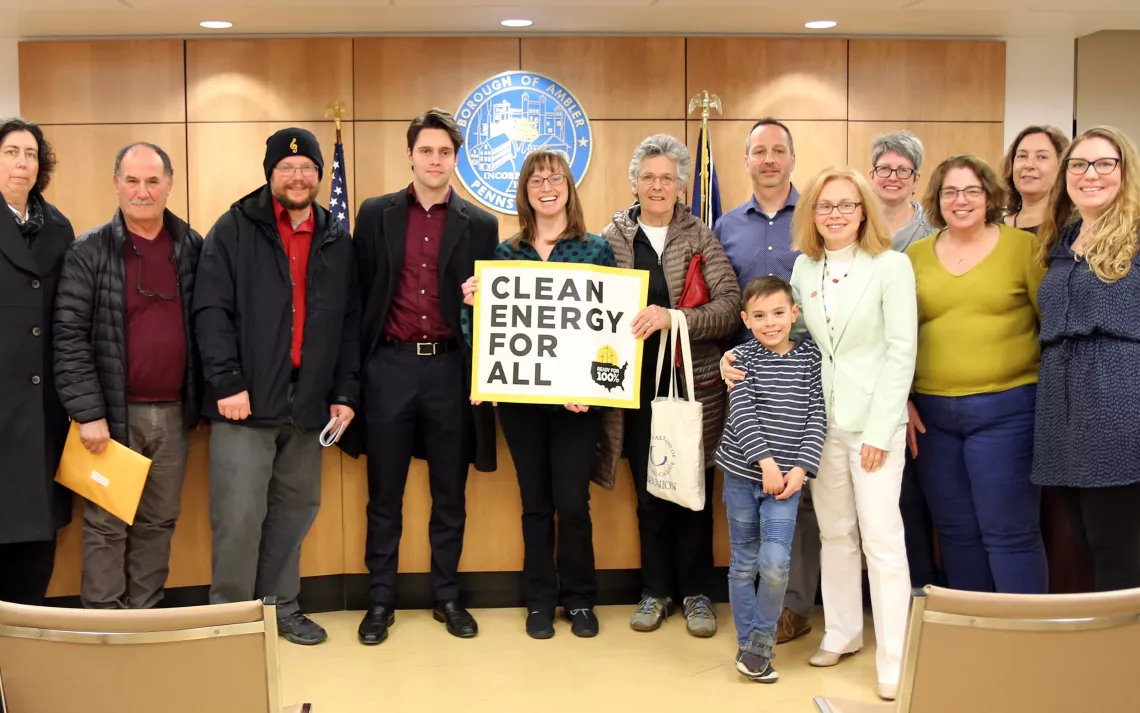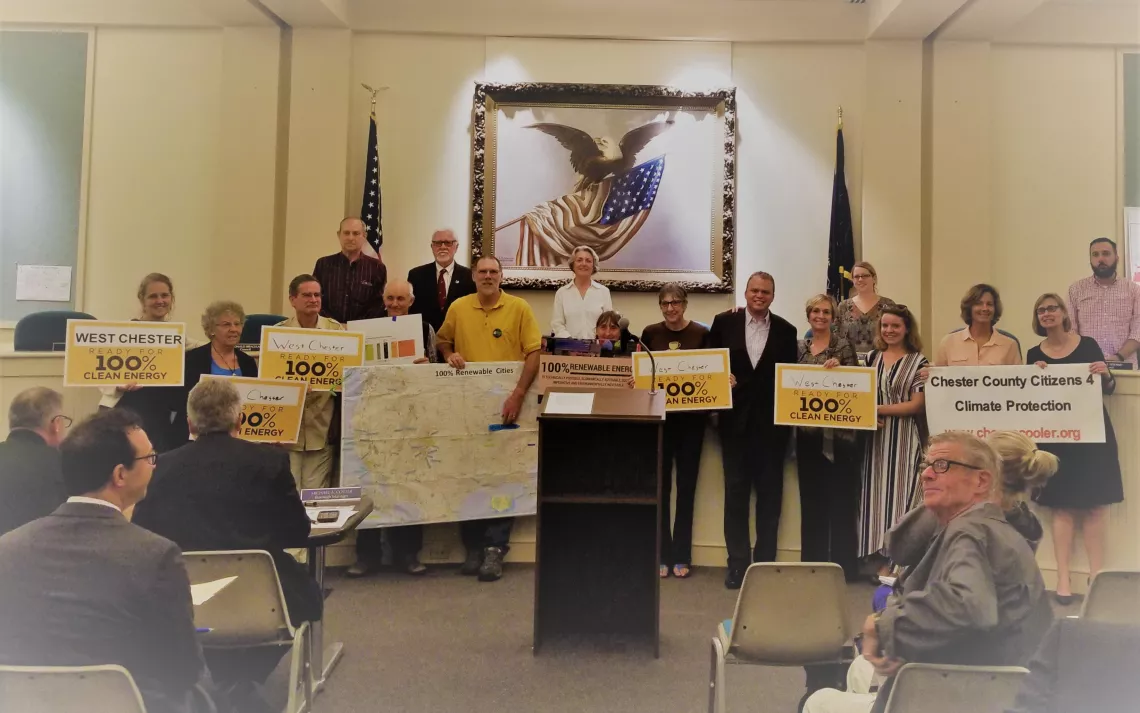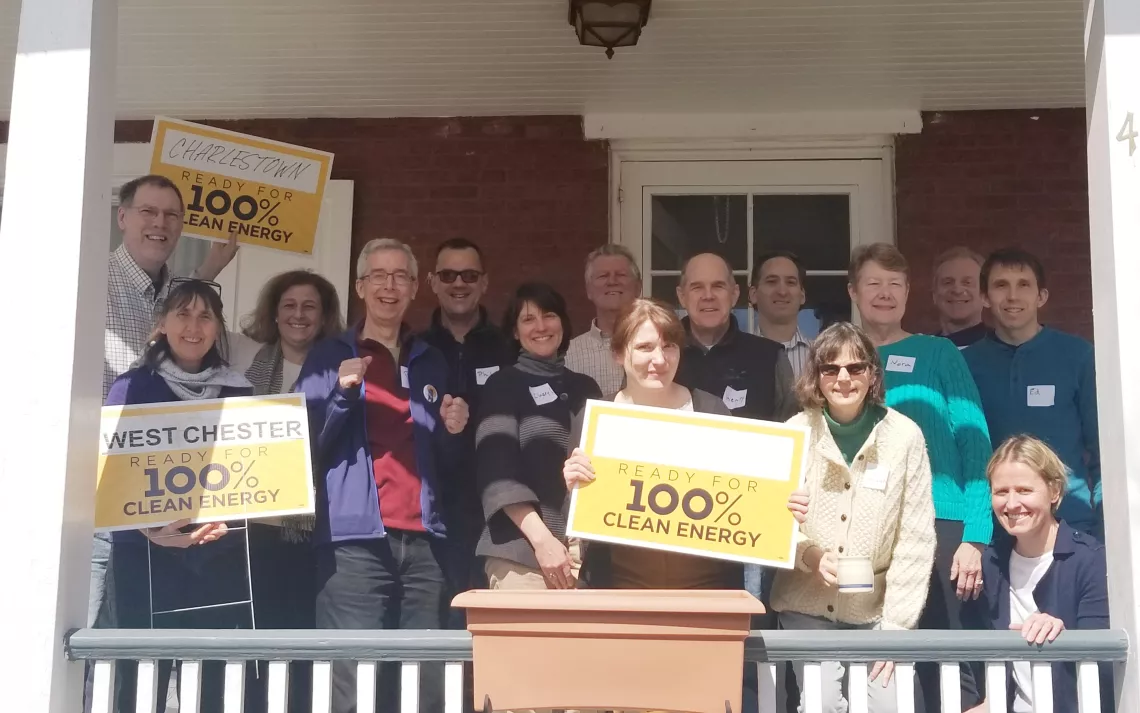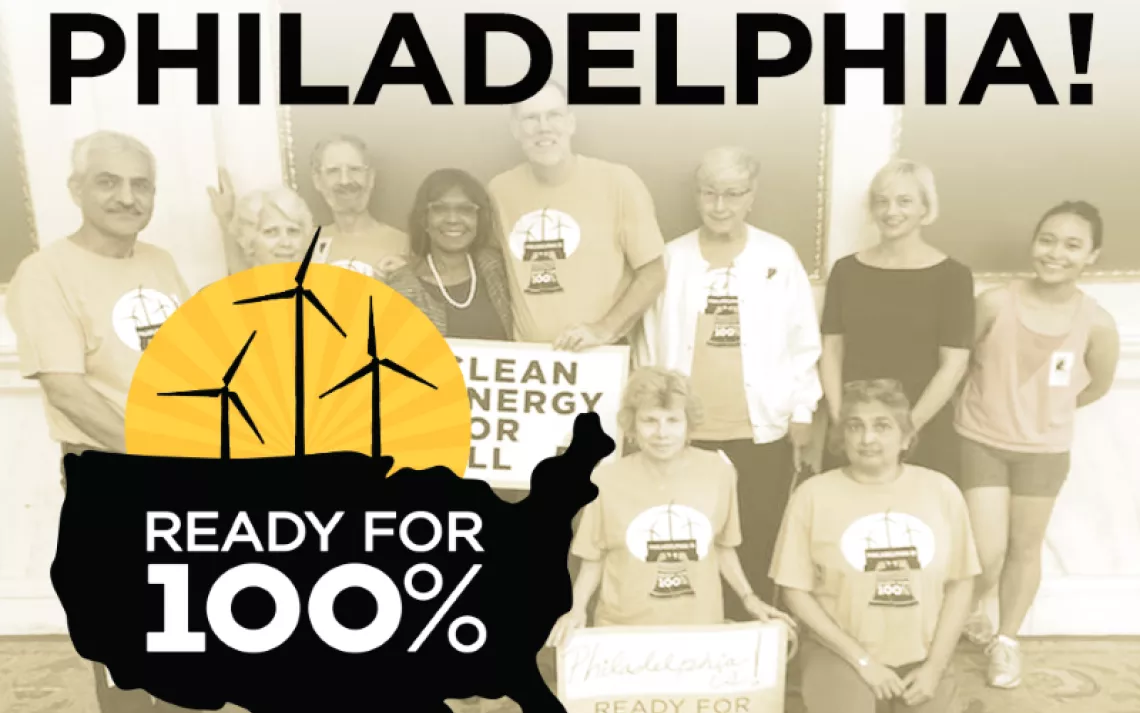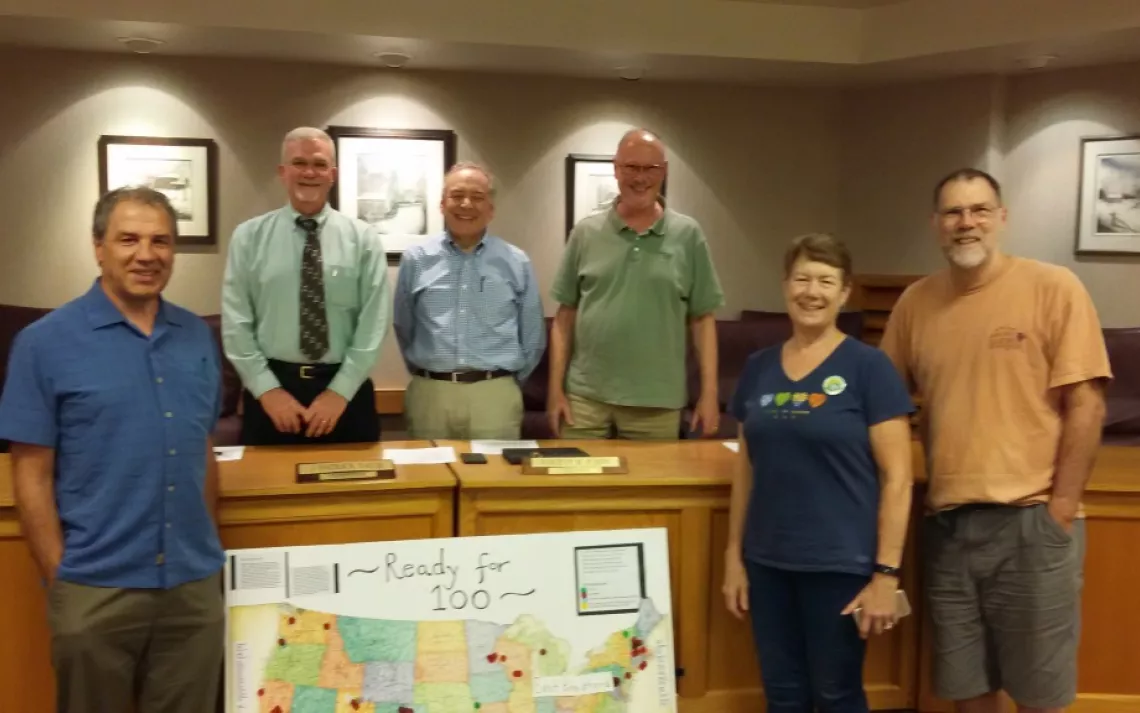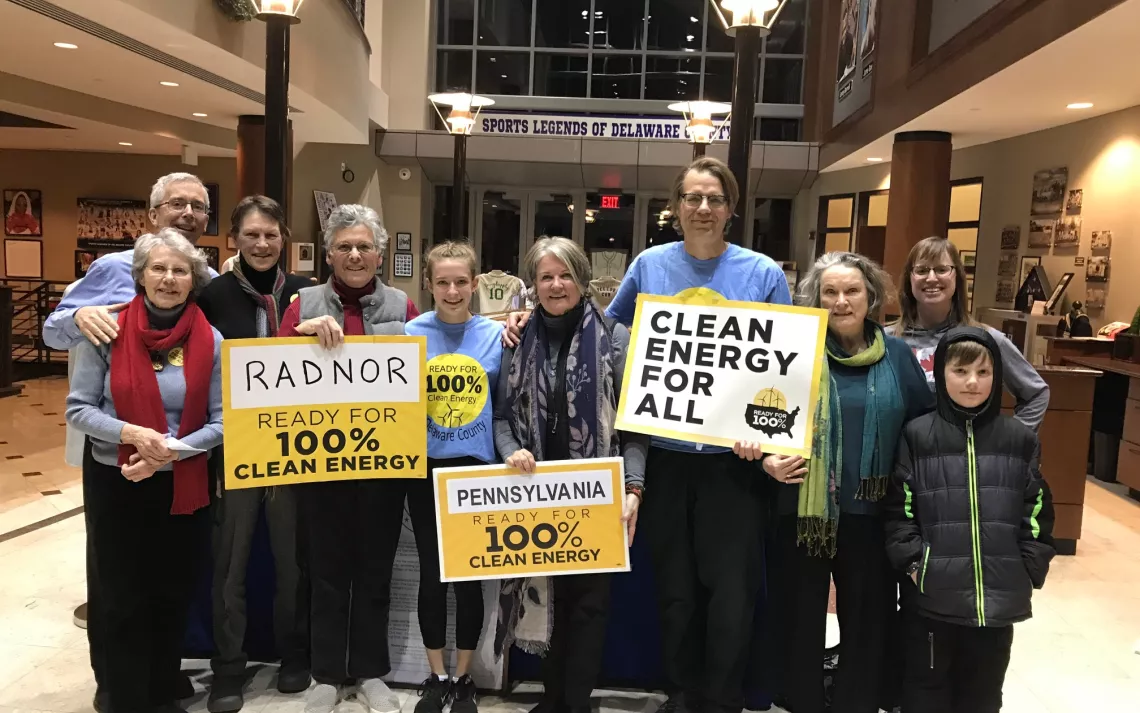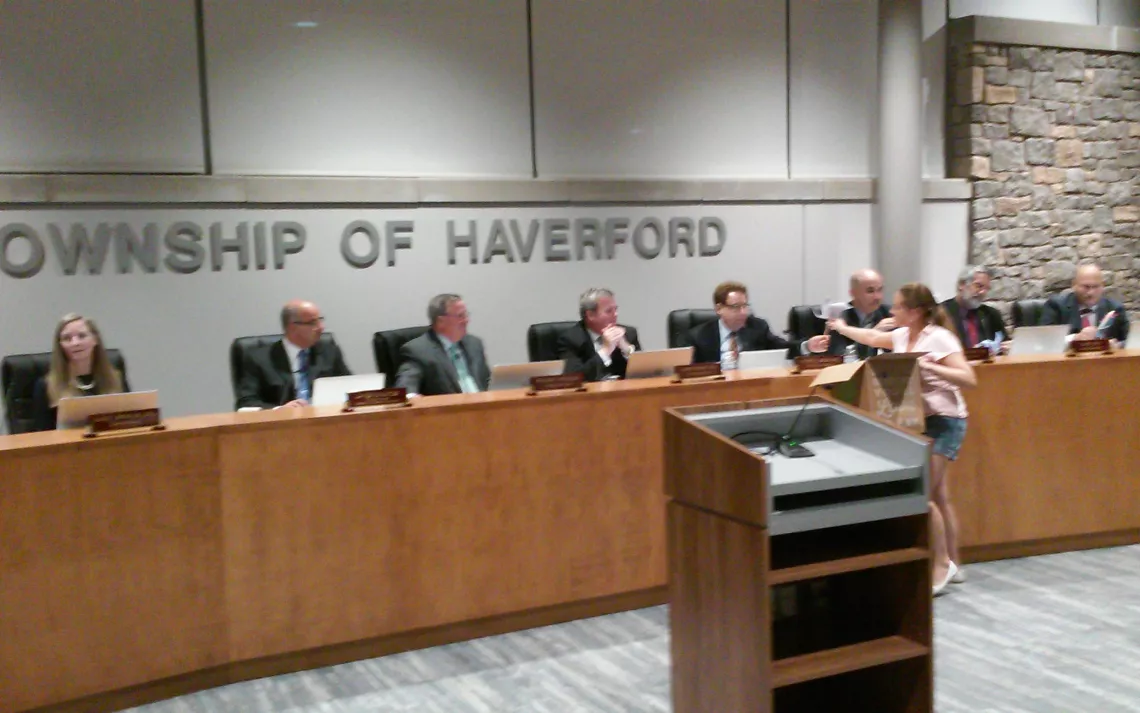The Problem
Pennsylvania is a deregulated utility state. Meaning, every electric and gas consumer can/must choose the source of their energy. The utility provides the distribution. But each individual resident, business, school, government entity must choose where their electrons or gas comes from.
Pennsylvania is a commonwealth. Which means most of the legislative power resides in the 2,500 municipalities. Not the counties. Not even so much the state. But the local governments of almost all of these municipalities (boroughs, townships and cities) are composed of a few elected officials (supervisors, mayors for the boroughs and cities) and a small staff. The elected officials have day jobs. They meet for board meetings a couple times a month. Rarely is there any staff assigned to developing a sustainability plan. Almost never is someone looking at energy issues as their day job.
The Satellite Theory
Except for a few of the big cities. Philadelphia has an Office of Sustainability (OOS) and an Energy Authority as part of the administration. These folks get it. If we are going to live in a sustainable world, we need to transform our community to one that relies only on clean renewable energy (RE). They’ve created a plan for city municipal facilities to get to 100% renewable electricity by 2030. And crafted a vision document to move the whole community to an 80% reduction in greenhouse gases by 2050.
In the suburbs we, the Ready For 100 volunteers, point to Philadelphia and say - if we had a sustainability staff position, this is the kind of thing we’d like them to work on. But it makes no sense to have a full time sustainability director for a town of 6,000 people. So we point to Philadelphia and say - let’s follow their lead. Set goals, make a plan, take similar actions.
But did Philadelphia set 100% renewable energy goals? Not yet. The mayor’s office sets a vision, but the council hasn’t held hearings or endorsed that vision. We, the Ready For 100 volunteers, are working on that. What’s the hold up? Well, one complicating factor is the fact that the city owns its own gas company, Philadelphia Gas Works. That’s a topic for another blog post.
The Mayor(s)
OK, back to the suburbs. In each of the suburban counties there are between 50 and 70 municipalities: boroughs and townships. A small urban center surrounded by residential, farms or corporate centers and shopping districts. Some call it the exurbs. The boroughs have mayors and councils. The townships have 3 to 7 supervisors as elected officials.
In 2017, one mayoral candidate stepped up and ran on a platform of 100% renewable energy. As a candidate, she was the chair of the West Chester Sustainability Advisory Committee. We worked together to craft a 100%renewable energy resolution. A couple of other borough officials and key volunteers joined in the discussion. By the fall of 2017 we had 3 boroughs that passed the resolution: West Chester, Phoenixville and Downingtown. And others were paying attention.
Now what? Remember, there’s no obvious staff to work on an energy transition plan. Do we ask the public works department to come up with a plan to move the entire community to 100% renewable energy? Something that the municipality has no authority to mandate in a deregulated state like PA.
The mayors realized that the best way is to work together. To pool our resources. To collaborate on planning and purchasing, if possible. And public education will be key. We formed a committee of mayors, supervisors, environmental committee members and Ready for 100 volunteers. We invited energy professionals to explain our options and educate ourselves. Guess what? Energy is really complicated.
The Domino Theory (EACs are the key)
After a year of “education” we were ready to draft a transition plan. Collaboratively. We brought a proposal to the West Chester Area Council of Governments (WC COG) to commission an energy plan for 6 contiguous municipalities. Basically the West Chester School District region. A Request For Proposal was issued. 9 proposals were received. A winner was chosen. The 6 boards approved to split the cost of the plan (split by population). A real transition plan is on its way. The process will bring together key stakeholders in the region (representatives for: utilities, developers, employers, schools, healthcare, transportation, residents, small business, and more). Listen to their energy goals and concerns and, hopefully, craft a plan that reflects the community. And brings the community together to achieve them.
Multi-municipal collaboration is key. Now the Environmental or Sustainability Advisory Committees (EACs) in many other townships can see the process. Not from across the country, but right here in southeastern PA. Set renewable energy goals by passing a resolution. Make a plan (jointly with neighboring municipalities so it doesn’t cost too much). Take action - together. The environmental committees took over (with help from Ready for 100 volunteers with statistics and presentations). Adapting resolutions to their township. Making the case as a town committee, not as some do-good tree-huggers from another county.
Now they see the value to being put on the map with a resolution. A reason to raise their hands and be recognized so that opportunities for regional collaboration come their way. And renewable and energy efficiency providers will compete for their business. And realizing that collective purchasing power is what is needed to realize the low and stable costs of renewable energy.
As of late May 2019, there are 17 communities in southeastern PA (see slide show) (7 in Chester County) that have set goals to transition to 100% renewable energy. Still a long way to go to cover a county or the 2,500 towns in the state. But as you can see in Chester County, if we cover big chunks with regional plans, the others can join in as they realize that clean and green is the best way to get to where we all want to be.
Posted by Jim Wylie
This blog was included as part of the 2019 Spring Sylvanian newsletter. Please click here to check out more articles from this edition!
